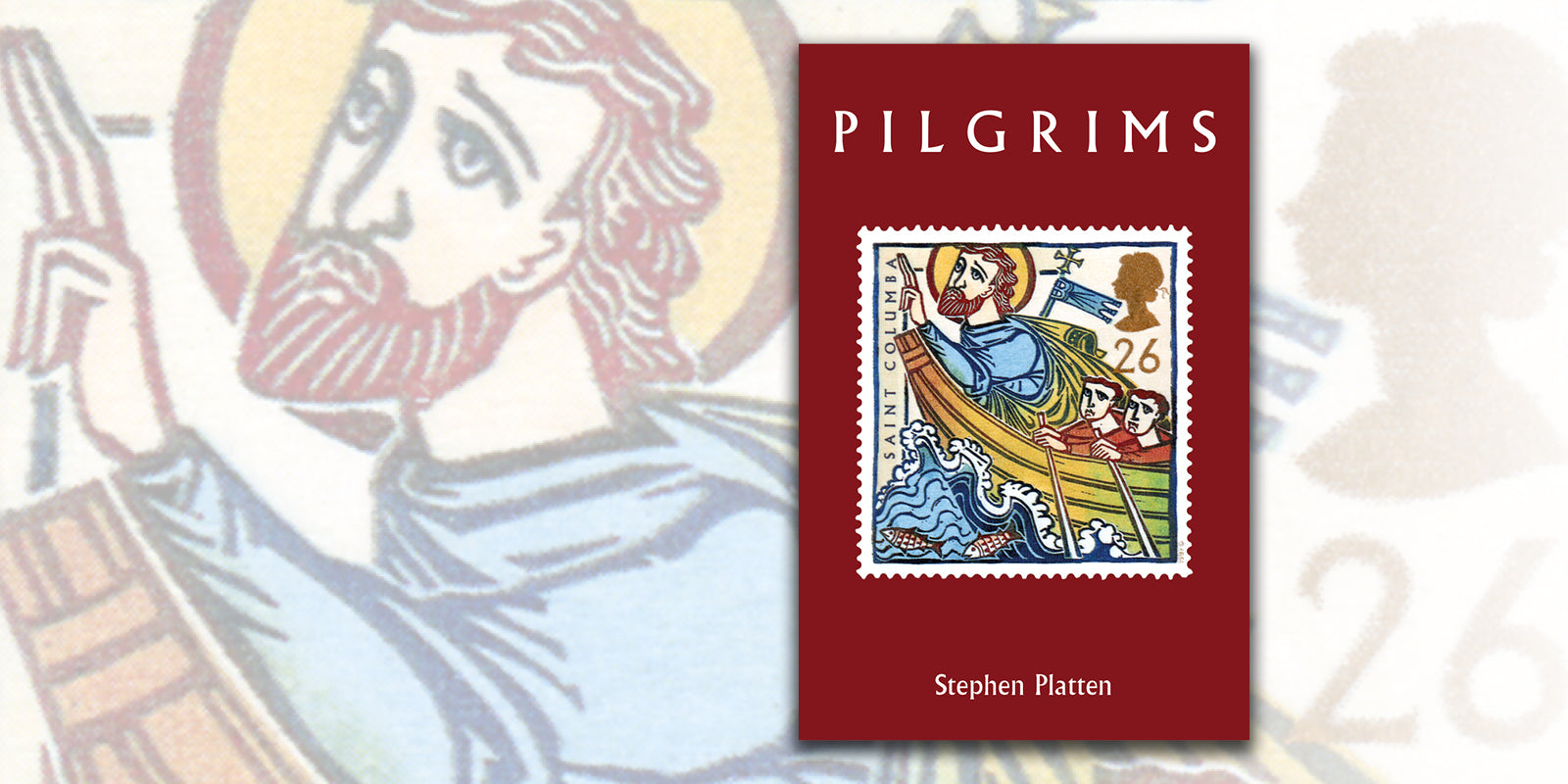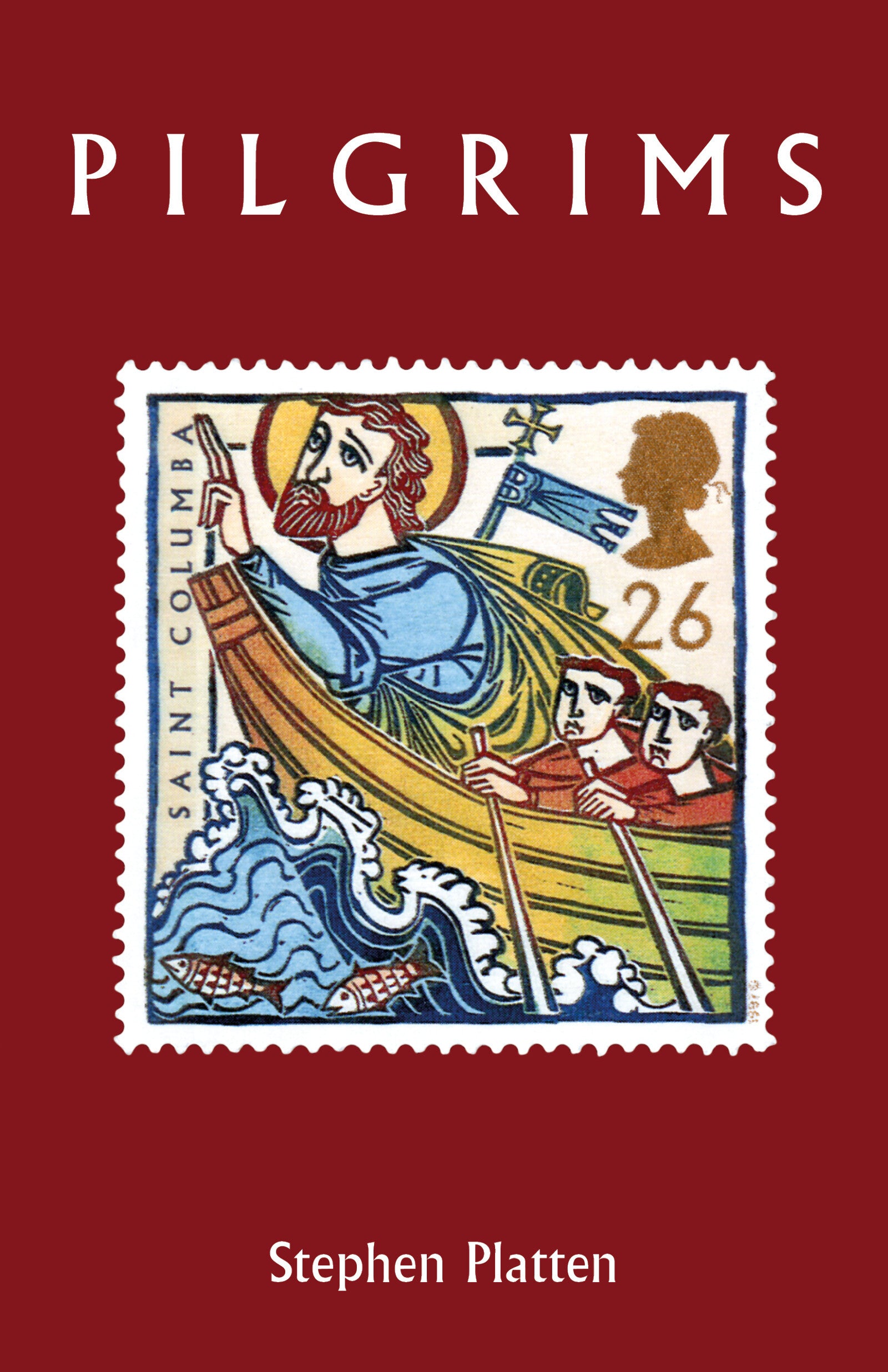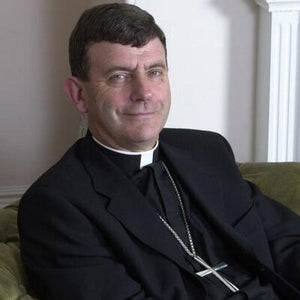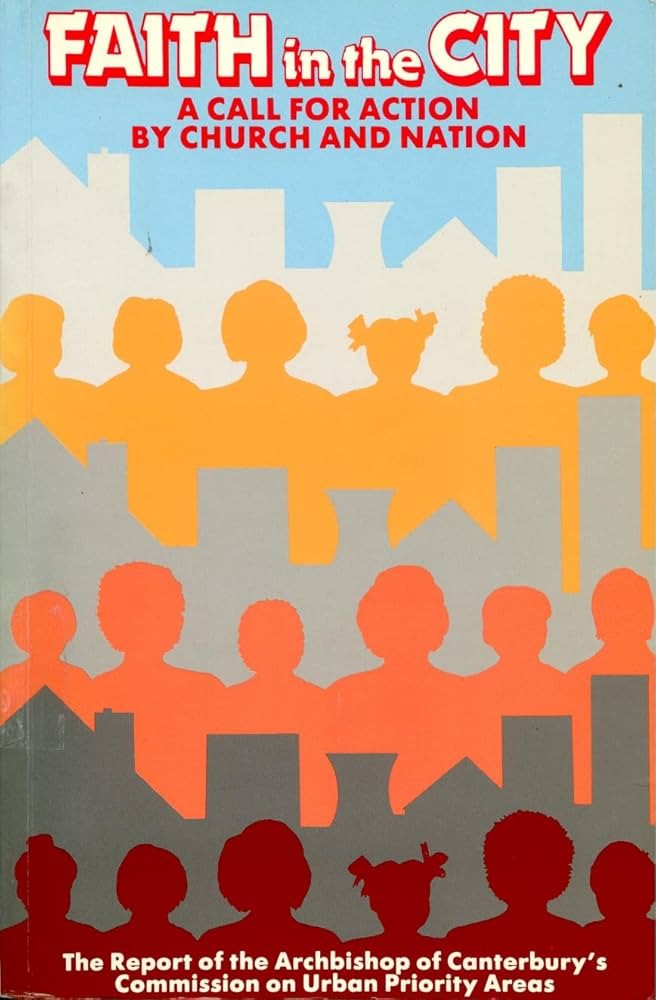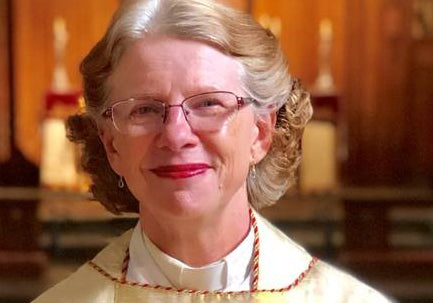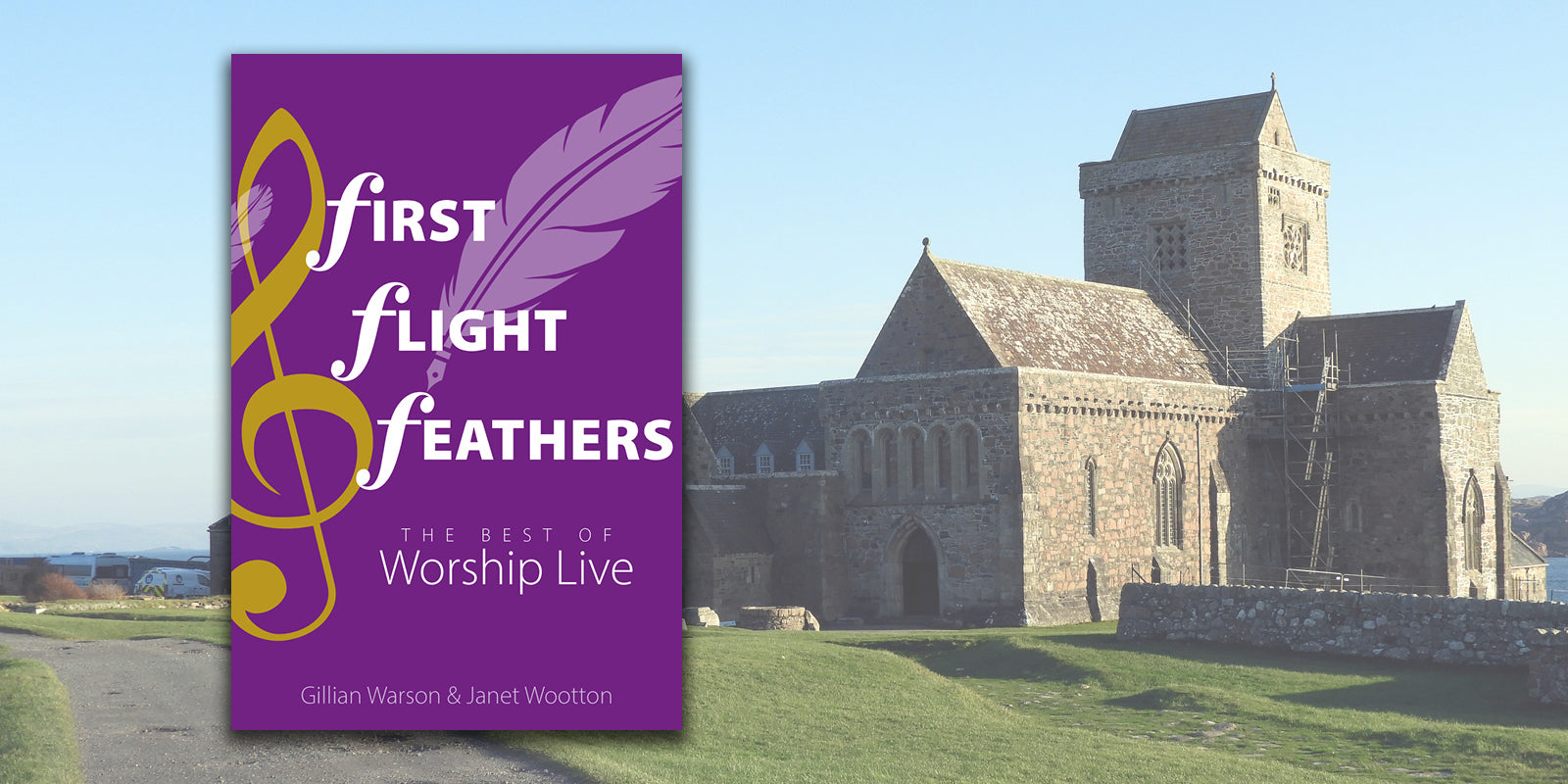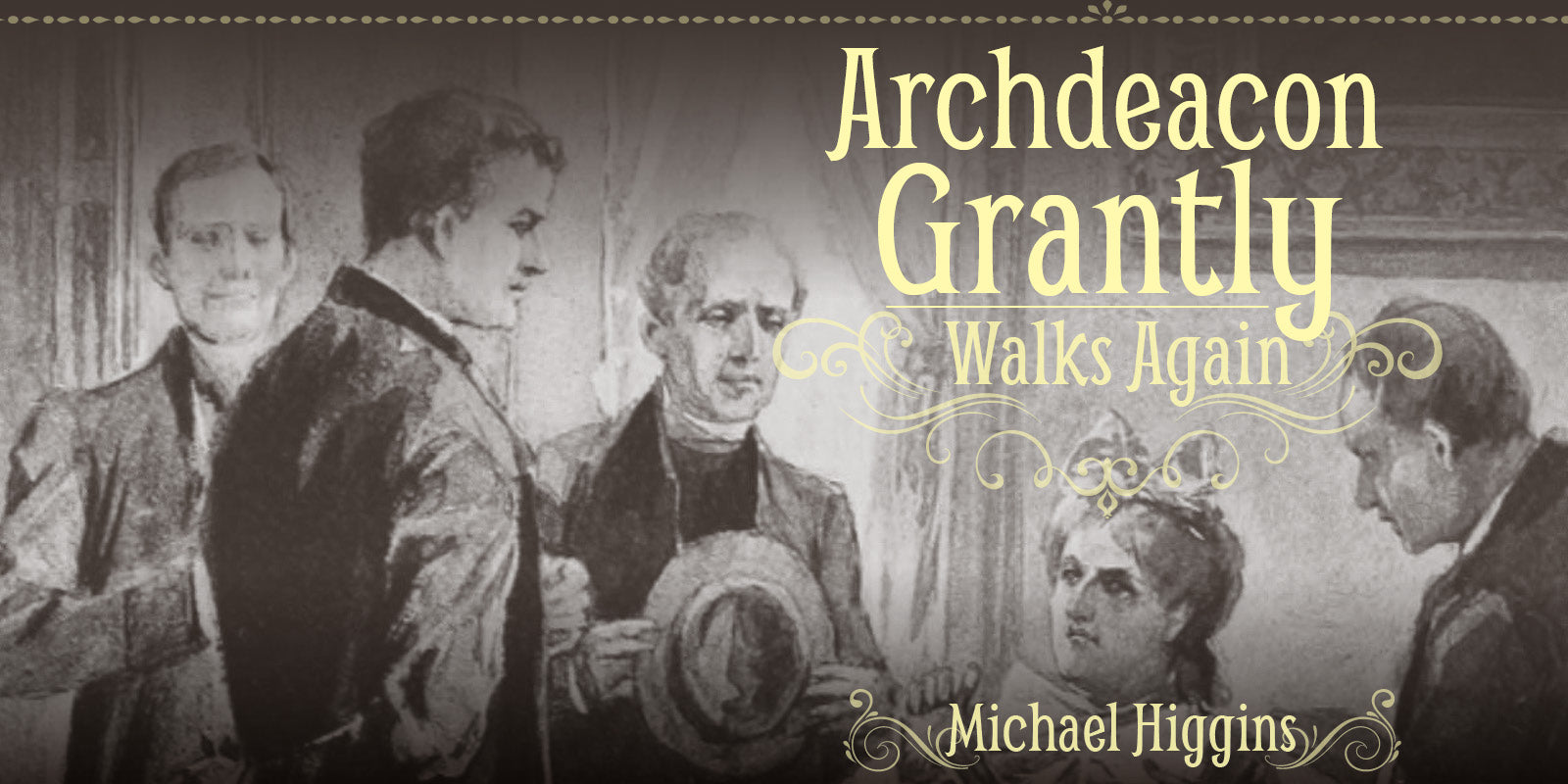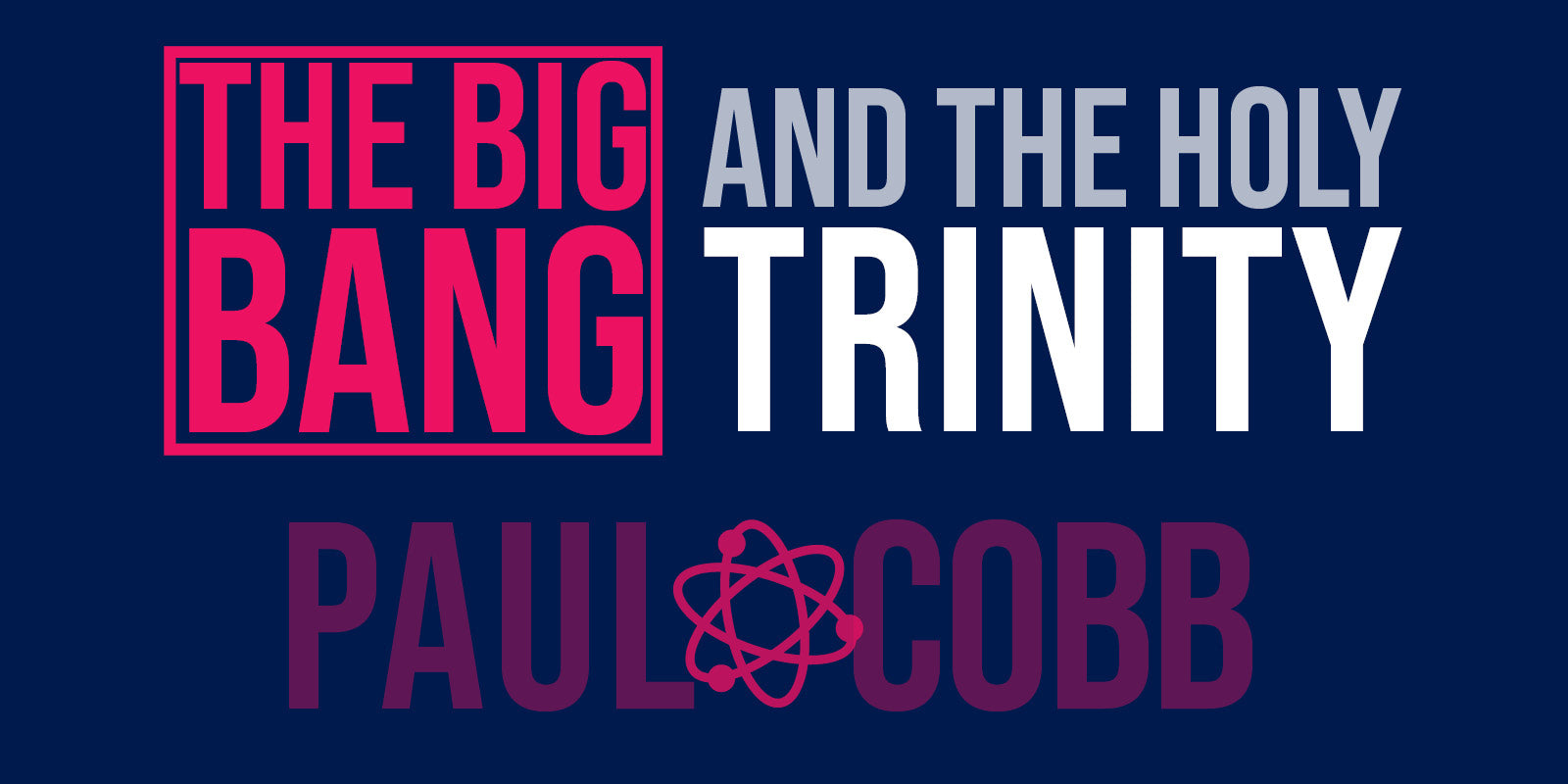GUEST BLOG As part of our December #ThemeOfTheMonth Stephen Platten, author of Pilgrims: Pathways of Christian Life, reflects on the parallels between journeying to family for Christmas and acts of pilgrimage and discusses the importance of pilgrimage to the establishment of Christianity in these Isles.
Perhaps of all times in the year, it is at Christmas Tide, we truly find ourselves as pilgrims. Thinking back to my time as a young boy, I can still remember the journey from the outer suburbs of London into Finsbury Park, where my grandmother lived and where we would keep Christmas. The strange greenish hue of the street lights and the noisy cobbles along the way were all part of Christmas for me. It was exciting, it was different from home, it carried elements of the unexpected with it.
Of course, the first Christmas, as we hear tell of it in the gospels, was rooted in pilgrimage. Mary and Joseph had made the journey to Bethlehem to register. All the elements of pilgrimage were there - a long journey to a strange place and, as St Luke tells us, with no room at the inn. Others made pilgrimage too - shepherds abiding in the fields, and then three cultured travellers from the east. The magi, as we know them, were really launching out into the unknown. All of them - the family of Jesus, the humble herdsmen and the exotic strangers from the orient - would have a life-transforming experience.
So, what better time of year could there be to reflect on other rather different pilgrim journeys. Pilgrims acts as a manual to inform us and strengthen us in our journey, and at the same time to explore the roots of pilgrimage in a variety of places in both Britain and Ireland. Throughout these islands, are shrines and holy places that owe their origins to early Christian missionaries or to those who have bravely held the faith in the face of danger or even death.
Perhaps the two most celebrated pilgrimage destinations are Durham, a World Heritage Site, and Canterbury, the focus for those who journeyed on the famous Pilgrim’s Way across southern England. Pilgrimage to Durham effectively began with monks from Lindisfarne, carrying the body of St Cuthbert across northern England, to escape Danish raiders. On arrival at Durham, Cuthbert’s coffin would rest in the cathedral which is still the home of his shrine. At the far end of that great building also lies Bede, from whom we learn so much of those early times. Canterbury became a celebrated focus of pilgrimage later, following the death of Thomas Becket, at the hands of Henry II’s knights. Becket’s murder caused Henry himself to make pilgrimage to Rome in penitence for the Archbishop’s death.
Both these places are explored within Pilgrims, which is acting as our manual. There, we find out, near the beginning, that in earlier centuries, pilgrimage had two rather different roots. Most dramatic of all were the Irish pilgrim missionaries. St Fursey, for example, set off from a lough in the far west of Ireland with a small but intrepid group of missionary monks. As was the pattern, they all jumped into coracles and let the winds and the currents take them where they would. Eventually they would be beached somewhere on a coast where they assumed God had called them to proclaim the gospel to the local people. Fursey travelled round the south coast of Ireland and then similarly round the south coast of England. As the currents swirled him up the coast of East Anglia, so he and his friends were beached near to present day Great Yarmouth, alongside the great ruined Roman Fort at Burgh Castle. Within the shelter of its massive walls (which still substantially survive today), they built a timber monastery, of which evidence has since been discovered. They then set about the task of telling the east Angles and east Saxons of the good news of Jesus Christ.
The pattern of mission of the Irish pilgrims was to set up minsters from which the monks would make forays into the largely wild countryside around. This was the way that both Aidan and Cuthbert worked, as pilgrim missionaries, in north east England. Elsewhere, missionaries came, including Augustine and Paulinus, sent directly by Pope Gregory the Great, to proclaim that same gospel but using rather different methods and following rather different customs. These journeyings would later develop into the parochial system, where the entire country would be divided up for mission into geographical parishes.
But pilgrimage and mission would follow other patterns too. So, Hailes Abbey in Gloucestershire, would become a really important place of pilgrimage, after a phial of the Holy Blood of Christ was given to the monks. Pilgrims would come from afar to worship there. At Clonmacnoise, in the very centre of Ireland, St Ciaran would set up a monastery; it was his example of holiness that would draw people to journey to this dramatically beautiful place. Later in the Middle Ages, a vision of the Blessed Virgin Mary would draw thousands of pilgrims to Walsingham in Norfolk to which many still make pilgrimage today.
One way of using Pilgrims, once you have read it, might be to travel to some of these places with others, over time, and be nourished by the tradition of holiness that for hundreds of years has surrounded them. Even as early as the fourth century, the holy nun Egeria would travel to Jerusalem as a pilgrim, and we can still read of her travels. Later, in the fourteenth century, Margery Kempe, an eccentric mystic from Kings Lynn, travelled to Canterbury, Hailes, Assisi, Sweden and Palestine as a pilgrim. We can still read her own account, probably dictated to her patient parish priest! Still, countless pilgrims travel to Santiago de Compostela in Spain, to Rome, Assisi, and Jerusalem - and more locally to Walsingham, Durham and Canterbury. Pilgrims, while including much history, hopes to inspire others of our own time to discover the holiness of these places. Rather like those eastern magi, arriving at our destination and stepping over the portal of these shrines still transforms lives, as it has, over so many centuries.
Stephen Platten is an Assistant Bishop in the Dioceses of London, Southwark, and Newcastle. He has written extensively on theology, cathedrals and associated topics. His book Pilgrims: Pathways of Christian Life is being featured as part of our November #ThemeOfTheMonth: Approaching Christmas as Pilgrims – get your copy here!
